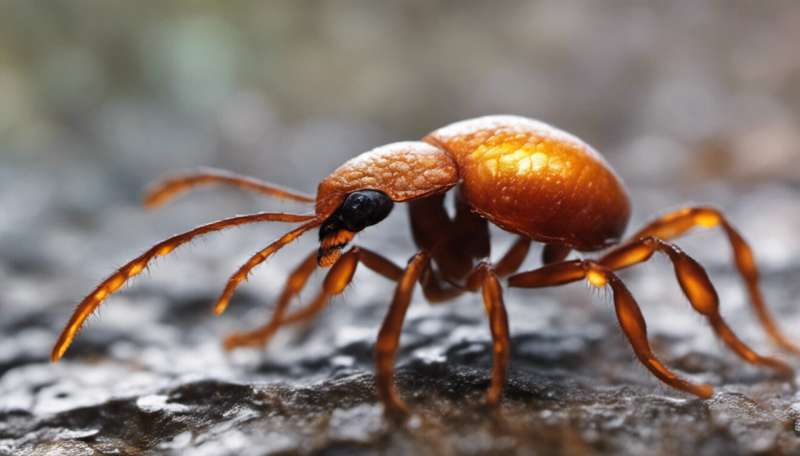House dust mites may be the primary trigger for allergy-associated respiratory problems in tropical urban environments

City life can be an assault on the senses—quite literally, in the case of allergies. The steady increase in global urbanization is mirrored by a growing prevalence of allergy-associated respiratory problems. Potential triggers include insects, mold, pollen and animal hair, but now A*STAR researchers have uncovered a single culprit with a disproportionate role in allergy onset in tropical urban settings1.
Allergies arise when the body mounts an immune response to a foreign molecule that it mistakenly perceives as a threat. Whenever the body encounters that trigger—for example, a pollen grain—it produces large numbers of antibodies against the trigger. The resulting inflammatory response can cause symptoms including asthma and rhinitis. Olaf Rotzschke and colleagues from the Singapore Immunology Network and De Yun Wang of the National University of Singapore began their study by surveying the antibody responses of 206 volunteers to a dozen common allergic triggers.
Remarkably, the great majority of these Singapore-born individuals responded to one particular antigen: the tiny dust mites found in many homes (see image). This trend remained clear even after the researchers expanded their cohort to look at a larger group of individuals. "According to our study, 80 per cent of Singaporeans respond to the mite, with roughly 40 per cent developing allergic rhinitis and 15 per cent developing asthma," says Rotzschke. "Globally these are among the highest figures reported so far."
The allergic reaction appears to be a consequence of the Singaporean urban environment. When the researchers examined newly arrived Chinese immigrants, fewer than 30 per cent mounted a strong antibody response against dust mites; in contrast, for immigrants who had lived in Singapore eight years or longer, the response rate was indistinguishable from lifelong Singapore residents. "This phenomenon of gradual acquisition of an allergic reaction has been shown in other countries for other allergens as well," explains Rotzschke. However, in temperate regions in Western countries, the most common allergic trigger is pollen, suggesting that this dust-mite-associated sensitization may be more characteristic of tropical cities like Singapore.
By identifying a single target, the findings could be used to provide relief to large numbers of allergy sufferers. But the existence of such a large population with a shared, strong response to a single antigen has broader implications for research as well, notes Rotzschke. "We are currently planning a functional analysis of immune pathways in combination with genome-wide genetic studies to better characterize the molecular and genetic basis of allergies," he says.
More information: Andiappan, A. K., Puan, K. J., Lee, B., Nardin, A., Poidinger, M. et al. "Allergic airway diseases in a tropical urban environment are driven by dominant mono-specific sensitization against house dust mites." Allergy 69, 501–509 (2014). DOI: 10.1111/all.12364
















